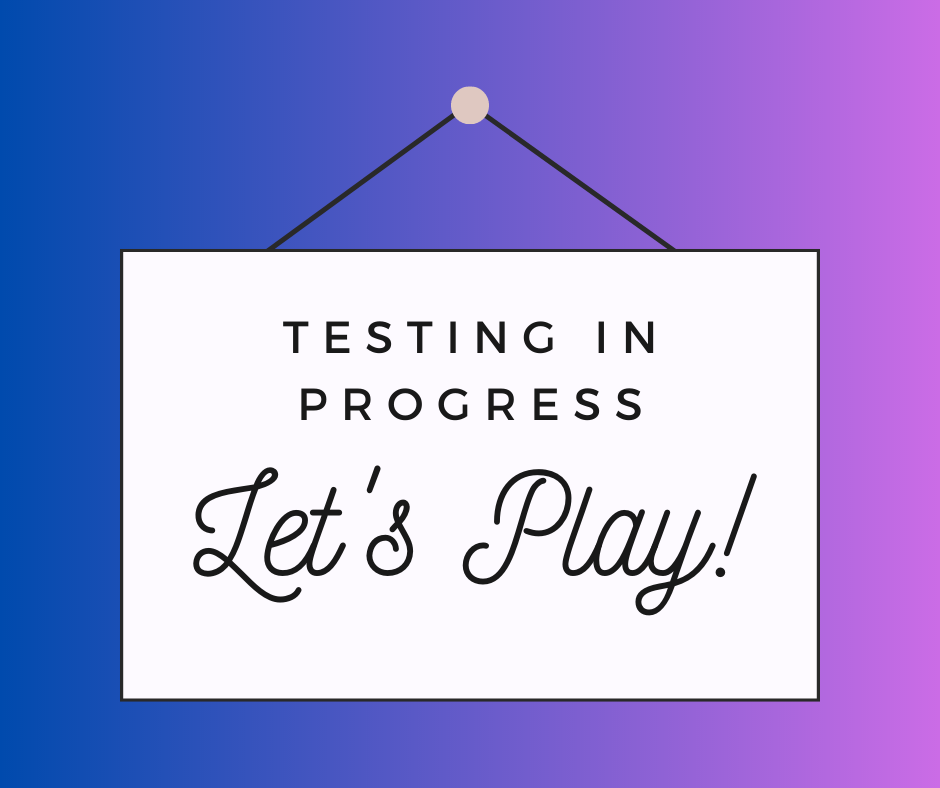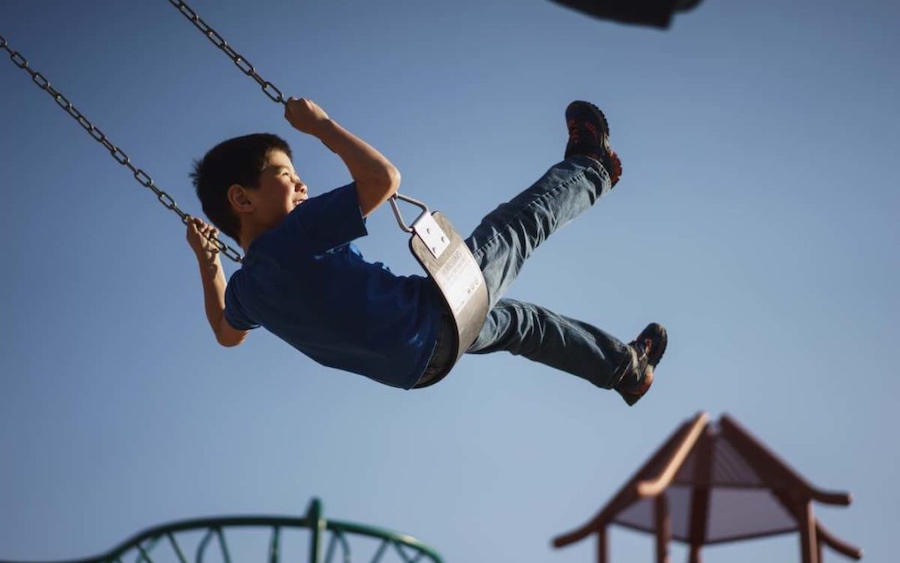
Use Testing Breaks for Community-Building and Structured Play: Quiet Games
Spring is here! While warmer weather and sunny days are what many have been looking forward to, spring also signals annual standardized testing time.
On testing days, classes generally spend extended time together. Due to testing schedules, students must often remain in a single classroom for a longer block of time, and specials classes may be shortened or even eliminated altogether.
During testing time, teachers allow non-testing students to do silent or quiet activities that won’t disrupt the testing environment and disturb other classes. Traditional activities include silent reading, coloring sheets, crossword puzzles, and/or word searches. Insert some fun into standardized testing days by playing quiet games during testing breaks! These games will keep students moving and entertained while positively building the classroom community.
1. SILENT BALL
Silent Ball is a tried-and-true classroom game for students of all ages.
This game can help students:
- Strengthen fine motor skills.
- Refine their ability to focus and pay attention.
- Practice nonverbal communication.
- Build the classroom community.
To set up the game: Find a baseball- or softball-sized squishy or soft ball or small, soft object (such as a sock tied into a knot) that students can pass to each other. Students can remain standing or seated at their desks and should space themselves around the classroom or gather in a circle — whatever works best for the classroom set up.
To play the game: Students should stay silent, remain in their spots, and do their best to avoid dropping the ball. If a student does not catch the ball, if they intentionally throw the ball poorly, or if they don’t remain silent, they’re out of the game. Continue playing until there is one student left — the winner!
Variation: Play a more collaborative version of Silent Ball called Toss to Everyone, and incorporate a silent aspect into the game. Check out Tips for Staying Active During the School Day to learn more.
2. STATUES IN THE PARK
Statues in the Park is a classic game that can be played indoors or outside.
This game can help students:
- Practice balance skills (when frozen).
- Refine their ability to focus and pay attention.
- Practice nonverbal communication.
- Build the classroom community.
To set up the game: Select one student to be the curator. Have the rest of the class (the statues) start at one end of the classroom or an open space outside. Each student should strike a pose and pretend they are a statue.
To play the game: When the curator’s back is turned to the class, the statues may silently move toward the finish line. When the curator turns to look at the statues, students should freeze and hold their poses while the curator is looking at them. If the statues move or break their poses, they must return to the starting point.
The first statue to successfully make it to the finish line becomes the curator for the next round.
3. SILENT SEARCH AND GUESS
In Silent Search and Guess, students use their senses to identify objects.
This game can help students:
- Use their senses.
- Exercise critical thinking skills.
- Practice nonverbal communication.
- Work with classmates.
To set up the game: Gather 5-10 clean socks of different colors (or that can easily be differentiated from each other by sight), and select an object to put in each one. Objects can make sounds, have distinctive shapes or familiar (pleasant) smells, etc. Place an object inside each sock, and tie the top of the sock to keep the object contained. Then, hide the socks around the classroom.
To play the game: First, allow students to quietly search for and collect all of the socks. After the socks have all been collected, gather the class together. Working in pairs, in groups, or as a whole class, have students take turns using their senses to examine each sock to try to determine the object inside (while keeping the sock tied). If desired, encourage students to look at the sock from all angles, smell it, gently shake it, and touch it.
Students should write down their guesses for the object in each sock. If students work in pairs, groups, or as a whole class, they should silently or quietly agree on a final guess for each object. The group with the most correct guesses wins. If the whole class guesses more than half of the objects correctly, they beat the teacher!
These quiet games are sure to insert some fun into testing days!
For more engaging, movement-based activities, check out Walkabouts. Walkabouts are web-based adventures that transform math, language arts, and reading content into short, movement-rich activities for pre-K to second grade students. Teachers report that Walkabouts help build students’ confidence, improve self-awareness, and enhance self-control. These evidence-based lessons make it easy for teachers to bring key concepts to life through active learning techniques. Find the Walkabouts subscription that’s right for your classroom, school, or district.





